Daytronic 10A72-2C Bedienungsanleitung
Daytronic
Nicht kategorisiert
10A72-2C
Lies die bedienungsanleitung für Daytronic 10A72-2C (12 Seiten) kostenlos online; sie gehört zur Kategorie Nicht kategorisiert. Dieses Handbuch wurde von 2 Personen als hilfreich bewertet und erhielt im Schnitt 4.6 Sterne aus 1.5 Bewertungen. Hast du eine Frage zu Daytronic 10A72-2C oder möchtest du andere Nutzer dieses Produkts befragen? Stelle eine Frage
Seite 1/12

1 GENERAL DESCRIPTION AND SPECIFICATIONS
The Model 10A72-2C is a general-purpose two-channel conditioner for use with DC-
excited load cells, pressure sensors, and any other conventional strain gage
transducer
employing a 4-arm bridge of nominal 350 Ω or higher, with a full-scale
range of 0.75, 1.50, or 3.00 mV/V.
The 10A72-2C’s advanced design techniques overcome errors that traditionally
plague the strain-gage conditioning process. Separate excitation for each channel
uses remote sensing of bridge voltage and is slaved to a common System Reference
Voltage. The result is consistently stable ratiometric measurement, unaffected by
possible power-supply drift. Input impedances in excess of 10,000 MΩ are presented
to signal leads to eliminate cable resistance as a source of error. Allowable cable
length has virtually no practical limits.
The 10A72-2C features selectable per-channel excitation (1, 5, or 10 V-DC). Using low
excitation helps reduce gage heating effects in
stress analysis of materials with low
thermal conductivity. Table 1 gives the full-scale mV/V ranges that correspond to
each excitation level.
In addition, the 10A72-2C lets the user select either 10-Hz or 100-Hz analog filtering for
each input channel. The wideband (100-Hz) filter is specially designed for measure-
ment of a highly dynamic input signal.
A convenient shunt calibration technique is provided. Each channel’s shunt resistor
may be switched in and out by software command or by means of logic-level inputs
through the rear I/O CONNECTOR.
When connected to an optional
Model 10CJB-2 Dual Bridge Completion Card (or
equivalent circuitry supplied by the user*), the 10A72-2C can accept input from a two-
wire 1/4-bridge, three-wire 1/4-bridge, 1/2-bridge, or full-bridge strain gage configura-
tion. See Section 4 for details.
ADDITIONAL 10A72-2C SPECIFICATIONS
Transducer Types
: Conventional 4-arm strain gage bridges, nominal 350 ohms (or
higher); 1/4- and 1/2-bridge gage configurations can be accommodated by means
of the
Model 10CJB-2 Dual Bridge Completion Card described in Section 4 (or
equivalent external bridge-completion circuitry supplied by the user)*
(cont’d)
* When conditioning input from a 1/4-bridge or 1/2-bridge strain gage configuration, a 10A72-2C
channel should be set to “Gage” mode (see Section 3.a). If you wish to provide your own
bridge-completion circuitry, you should contact the factory for instructions on connections and
calibration.
MODEL 10A72-2C
ENHANCED DUAL STRAIN GAGE
CONDITIONER CARD
GENERAL DESCRIPTION AND SPECIFICATIONS 10A72-2C.1
1.E.2.10A72-2C
SYSTEM 10
ANALOG INPUT CARDS

Input Ranges (Full-Scale): Excitation-dependent (see Table 1, below); automatically
selected—on an individual channel basis—when the channel is configured; for Sys-
tem 10 channel “type” codes assigned to 10A72-2C data channels, see Table 1.
Since channel zeroing is by digital techniques, no input balance control is provided.
The allowable input range, therefore, must include any
initial unbalance (which, in
commercially produced strain gage transducers, is usually negligible). Other trans-
ducers may have to be externally trimmed to be used with the Model 10A72-2C, if
zero unbalance exceeds 20% of full scale.
Excitation (per channel): Selectable 1, 5, or 10 V-DC (i.e., ±0.5, ±2.5, or ±5 V-DC,
respectively), nominal; ±50 mA, maximum, for each voltage
Amplifier (per channel):
Common-Mode Range: ±1 V operating; ±8 V without instrument damage
Common-Mode Rejection Ratio: DC: -140 dB; at 60 Hz: -120 dB; at 1 kHz: -80 dB
Input Impedance: Differential: greater than 10,000 MΩ; Common-Mode: greater
than 10,000 MΩ
Offset: Initial: ±0.01 mV; vs. Temperature: ±0.2 µV/°C; vs. Time: ±5 µV/month
Gain Accuracy: ±0.02% of full scale
Gain Stability: vs. Temperature: ±50 ppm/°C; vs. Time: ±20 ppm/month
Filter (per channel): 3-pole modified Butterworth
Standard Filter: 3 dB down at 10 Hz; 60 dB down at 100 Hz
Step-Response Settling Time (Full-Scale Output):
To 1% of final value: 100 msec
To 0.1% of final value: 150 msec
To 0.02% of final value: 600 msec
Wideband Filter: 3 dB down at 100 Hz; 60 dB down at 1.2 Hz
Step-Response Settling Time (Full-Scale Output):
To 1% of final value: 10 msec
To 0.1% of final value: 15 msec
To 0.02% of final value: 65 msec
Auxiliary Output: Filtered outputs (1-kHz bandwidth) available on mainframe wire-
wrap pins.
Table 1 Model 10A72-2C Ranges and “Type” Codes
Channel
1-V Excitation 5V Excitation 10-V Excitation “Type” Code
7.5 mV/V 1.5 mV/V 0.75 mV/V 70
15.0 mV/V 3.0 mV/V 1.50 mV/V 71
30.0 mV/V 6.0 mV/V 3.00 mV/V 72
10A72-2C.2 GENERAL DESCRIPTION AND SPECIFICATIONS
10A72-2C ENHANCED DUAL DC STRAIN GAGE CARD
Produktspezifikationen
| Marke: | Daytronic |
| Kategorie: | Nicht kategorisiert |
| Modell: | 10A72-2C |
Brauchst du Hilfe?
Wenn Sie Hilfe mit Daytronic 10A72-2C benötigen, stellen Sie unten eine Frage und andere Benutzer werden Ihnen antworten
Bedienungsanleitung Nicht kategorisiert Daytronic

7 September 2025

7 September 2025

7 September 2025
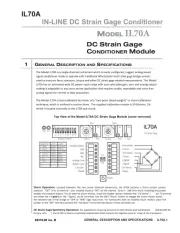
7 September 2025
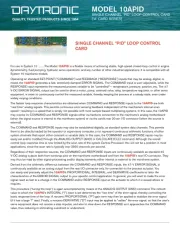
7 September 2025

7 September 2025
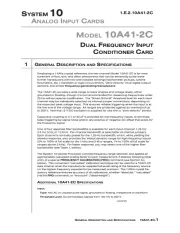
7 September 2025

7 September 2025

7 September 2025
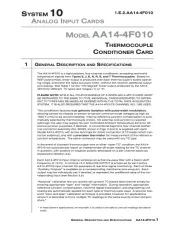
7 September 2025
Bedienungsanleitung Nicht kategorisiert
- Suzuki
- Kenko
- Biltema
- SE Electronics
- Moldex
- CSL
- Holland Electronics
- Belena
- Vogue
- Tsakalis AudioWorks
- Hartan
- Hatco
- Indesit
- Maul
- CRUX
Neueste Bedienungsanleitung für -Kategorien-

7 September 2025
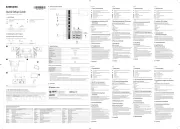
7 September 2025
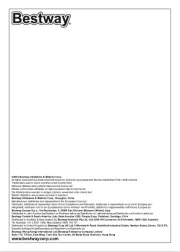
7 September 2025
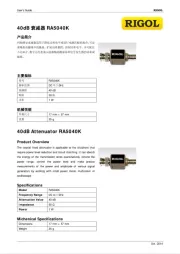
7 September 2025
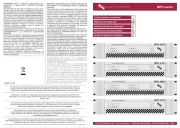
7 September 2025
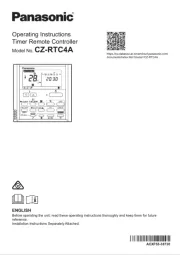
7 September 2025

7 September 2025

7 September 2025
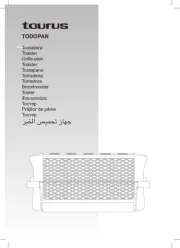
7 September 2025
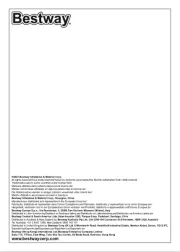
7 September 2025